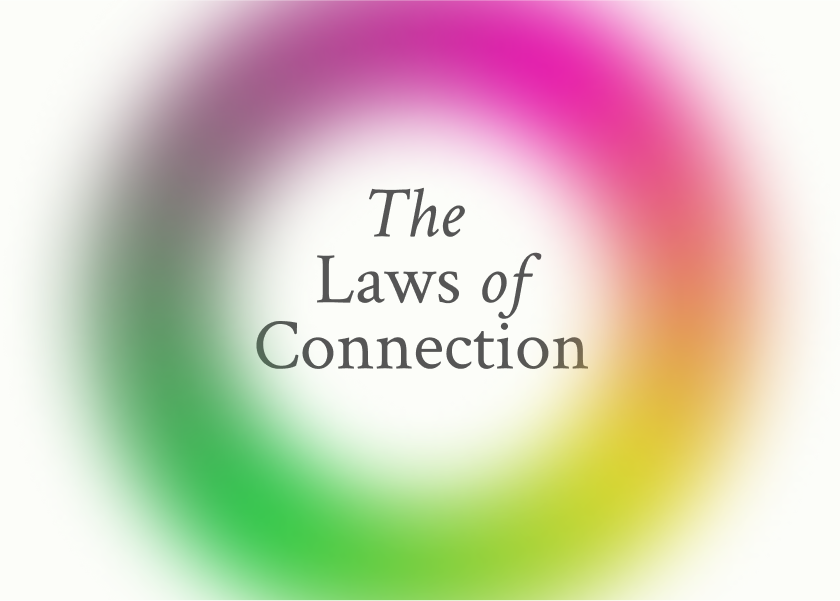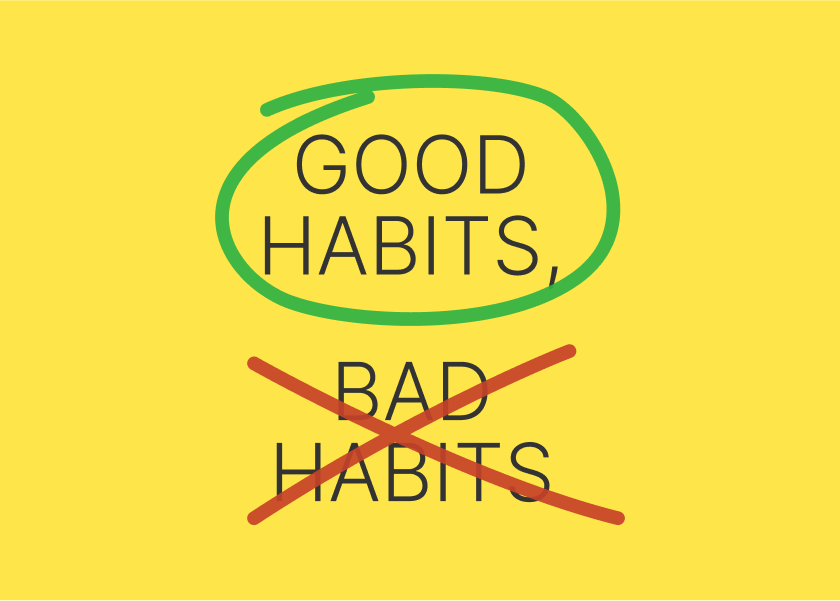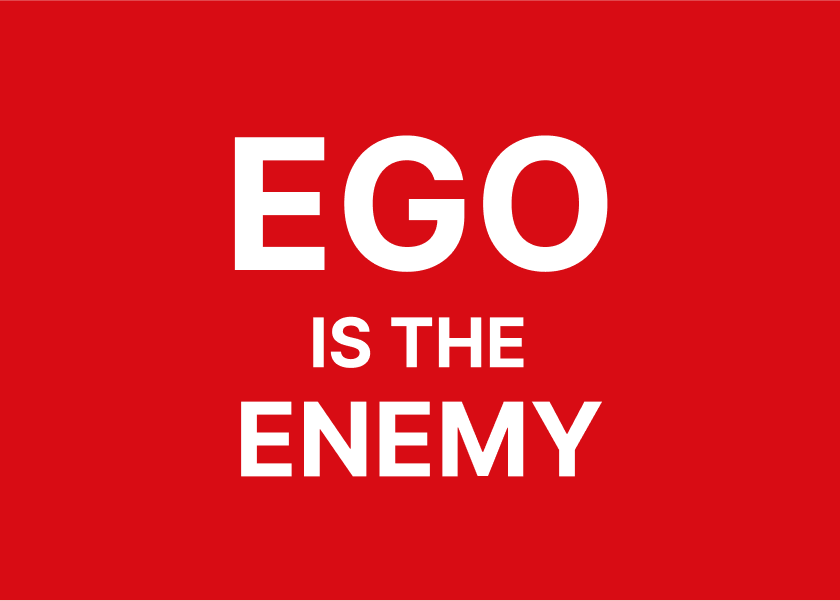Siblings Without Rivalry by Faber and Mazlish - Summary
Want a more harmonious home? Discover how to reduce sibling rivalry and foster cooperation. Learn to acknowledge feelings, avoid comparisons, and meet each child's unique needs. Transform conflict into connection!

The following is a summary and review of the book Siblings Without Rivalry by Faber and Mazlish.
Listen to ShelfHelp's podcast summarising Siblings Without Rivalry by Faber and Mazlish.
Is Sibling Rivalry Stressing You Out? Learn How to Create Peace at Home
Do constant arguments between your children leave you feeling frazzled and helpless? Siblings Without Rivalry by Adele Faber and Elaine Mazlish offers practical solutions to transform sibling relationships, reduce conflict, and foster a more harmonious family life. This article provides a comprehensive summary of the book, offering actionable advice that can save you time and help you implement effective strategies right away.
Table of Contents
- About the Author
- Who Should Read This Book?
- Key Insights and Themes
- Detailed Summary
- Review
- Actionable Takeaways
- FAQs
- Conclusion
About the Author
Adele Faber and Elaine Mazlish are internationally acclaimed experts in communication between adults and children. They studied with the late child psychologist Dr Haim Ginott. Their work has garnered praise from both parents and professionals. Faber and Mazlish are former faculty members of the New School for Social Research in New York and the Family Life Institute of Long Island University. Their books, including How to Talk So Kids Will Listen & Listen So Kids Will Talk, have sold millions of copies and have been translated into over thirty languages.
Who Should Read This Book?
Siblings Without Rivalry is a valuable resource for:
- Parents of young children experiencing initial sibling conflicts.
- Parents of teenagers dealing with ongoing arguments and tension.
- Single parents seeking effective strategies to manage sibling dynamics.
- Parents of children with special needs looking for ways to create a supportive family environment.
- Adults reflecting on their own sibling relationships and wanting to understand their impact.
Key Insights and Themes
Here are the key takeaways from Siblings Without Rivalry:
- Acknowledge children's feelings: Validate their emotions to reduce the intensity of negative feelings.
- Avoid comparisons: Treat each child as a unique individual to foster self-esteem and reduce jealousy.
- Focus on individual needs: Provide unequal treatment based on specific needs rather than striving for perfect equality.
- Encourage co-operation: Facilitate problem-solving and conflict resolution skills between siblings.
- Address roles: Be aware of the roles children play in the family dynamic and avoid locking them into limiting labels.
Detailed Summary
Brothers and Sisters—Past and Present
Sibling relationships have lasting effects, both positive and negative. Many adults recall childhood rivalries and wish their parents had handled things differently. The book aims to provide parents with the skills to reduce conflict and promote cooperation among siblings.
Not Till the Bad Feelings Come Out . . .
Acknowledging children's negative feelings is crucial. Suppressing emotions can lead to resentment and further conflict. Instead of dismissing their feelings, parents should help children express their anger in acceptable ways. Taking notes on what stirs up conflict can help parents identify patterns and triggers.
The Perils of Comparisons
Comparisons, whether favourable or unfavourable, can be detrimental. Even seemingly positive comparisons can make a child feel inadequate. Parents should describe what they see or feel without comparing one child to another.
Equal Is Less
Children don't need to be treated equally; they need to be treated uniquely. Giving each child what they need based on their individual requirements fosters a sense of value and love. Trying to divide everything equally can lead to feelings of being short-changed.
Siblings in Roles
Children often adopt specific roles within the family, such as "the responsible one" or "the baby". These roles can limit their potential and create conflict. Parents should avoid reinforcing these roles and help children see themselves and their siblings in a new light.
If He’s “This,” Then I’ll Be “That”
When one child stakes out an area of special competence, be on guard about excluding the others from that area. Make it clear to each of our children that the joys of scholarship, dance, drama, poetry, sport are for everyone and not reserved for those who have a special aptitude.
Freeing Children to Change
Help your child get rid of that label in my own head. Say to yourself, ‘There is no victim in my house anymore. There’s only a boy who needs to learn how to protect himself and demand respect’.
No More Problem Children
Children with problems do not need to be viewed as problem children. They do need acceptance of their frustration.
When the Fighting Is Heading Toward Hurting
When fighting is heading toward hurting, describe what you see, establish limits, and separate them.
When the Children Can’t Work Out a Problem by Themselves
When the children can’t work out a problem by themselves call a meeting of the antagonists and explain the purpose and the ground rules.
The Questions
Aside from not forcing sharing, how else could you encourage it? By putting the children in charge of the sharing.
Getting Off to a Good Start
It seems to me that the skills you talk about are much more likely to have a positive impact if you start using them from the moment your second child comes into the relationship.
Listen to What the Boys Did Today!
Sometimes I let my boys overhear me talking about the fun things they do when they’re together.
Ask Your Sister; She’s Good at That
Very often when my two-year-old asks me to help her with something, I ask her sister to help her.
Home Alone
The only way I can explain why I’m so excited about what happened yesterday is to start by telling you what I usually do when Jill (she’s eleven) comes to me to complain about her brother.
Brothers and Sisters, After All
Brothers and sisters laughing and loving Shaping their childhood from a hundred happy happenings Confidants and friends A Bulwark. Strong and safe together in a cold, indifferent world.
Review
Siblings Without Rivalry offers invaluable insights and practical tools for parents navigating the complexities of sibling relationships. The book's strength lies in its clear, empathetic approach and its emphasis on communication skills. The use of real-life examples and cartoons makes the concepts accessible and relatable. However, some readers may find the techniques challenging to implement consistently, and the book may not fully address the needs of families facing more severe behavioural issues.
Actionable Takeaways
Here's how to apply these lessons in real life:
- Practice active listening: When your children express their feelings, validate their emotions with phrases like, "You sound really angry".
- Avoid comparative language: Instead of saying, "Why can't you be more like your sister?" try, "I notice your room is messy. What can we do about it?".
- Schedule individual time: Dedicate special time to each child to show them they are valued and loved.
- Facilitate problem-solving: When conflicts arise, encourage your children to find their own solutions by asking, "How can you two work this out?".
- Challenge family roles: Be mindful of the labels your children carry and help them explore new ways of seeing themselves and each other.
FAQs
- What is "Siblings Without Rivalry" about? "Siblings Without Rivalry" provides parents with communication techniques to reduce sibling conflict and foster cooperation, focusing on acknowledging feelings, avoiding comparisons, and meeting individual needs.
- Is "Siblings Without Rivalry" worth reading? Yes, this book is worth reading for parents seeking practical, empathetic strategies to improve sibling relationships and create a more harmonious family environment.
Conclusion
Siblings Without Rivalry offers a transformative approach to managing sibling dynamics. By understanding the underlying emotions driving sibling conflict and implementing the book's strategies, you can create a more supportive and loving environment for your children. Take the first step towards a more peaceful home by embracing the principles outlined in this summary and committing to creating positive change in your family.
As an Amazon Associate, ShelfHelp may earn money from qualifying purchases. Needless to say, ShelfHelp only includes affiliate links to books we recommend and think are worth your time reading.




